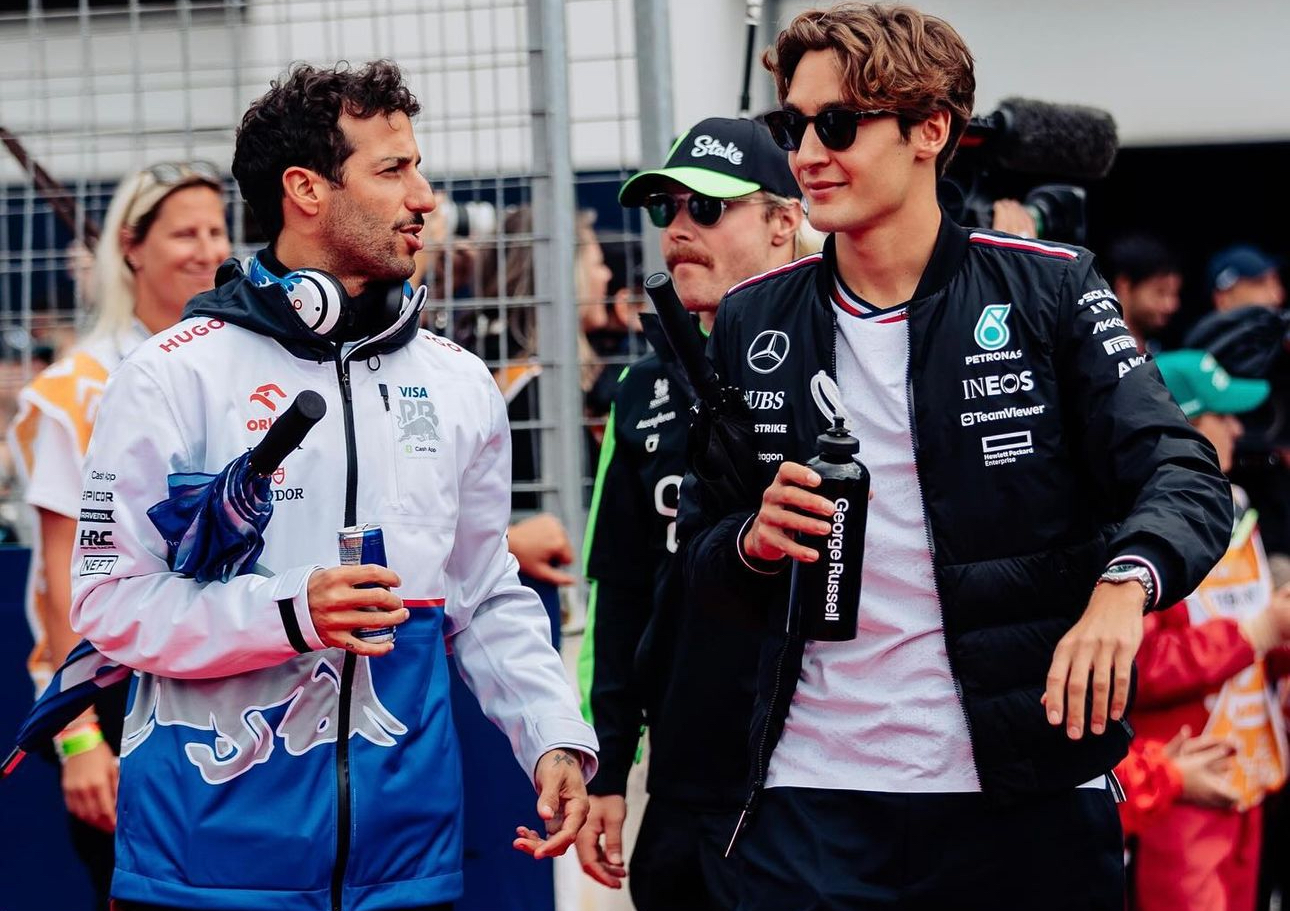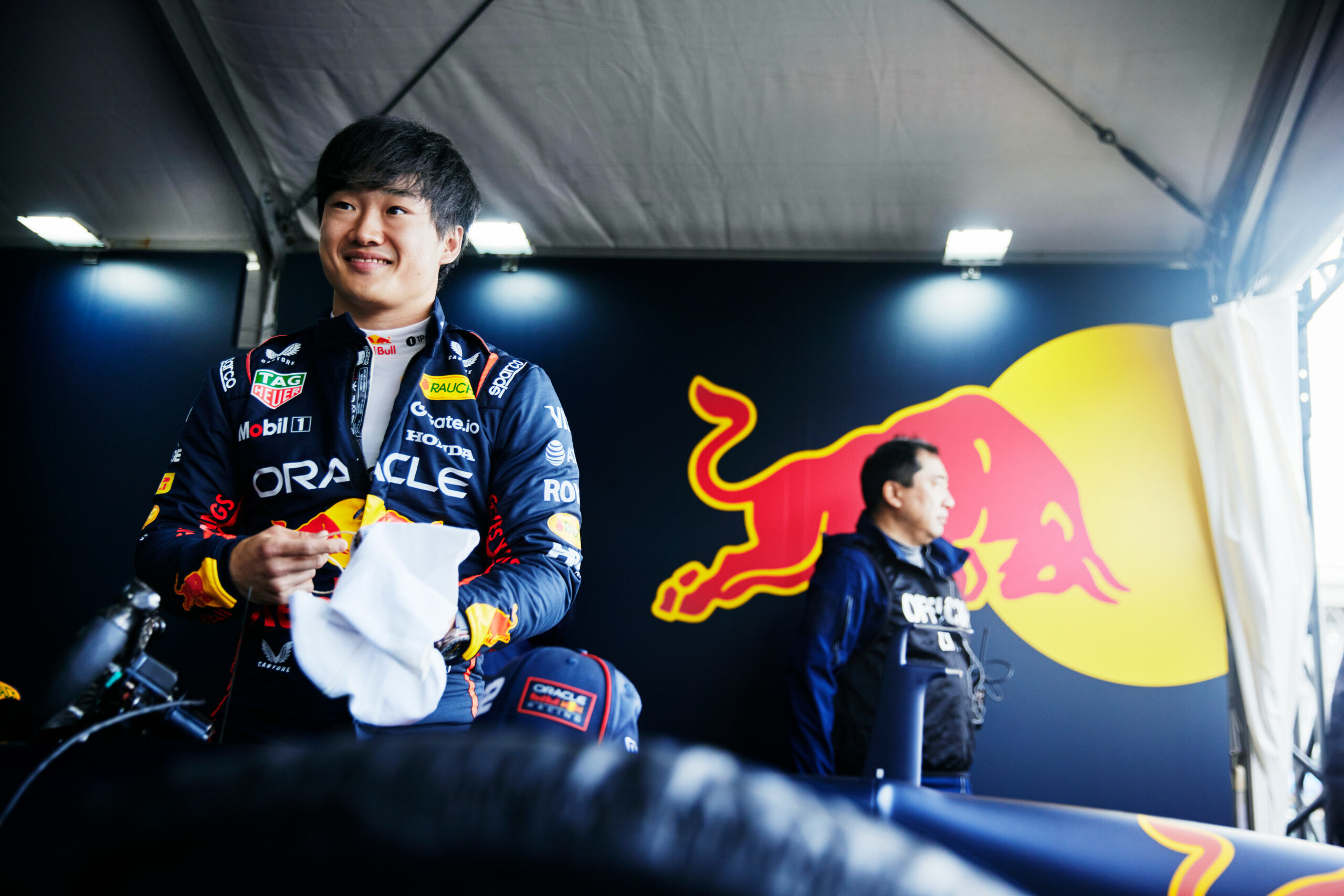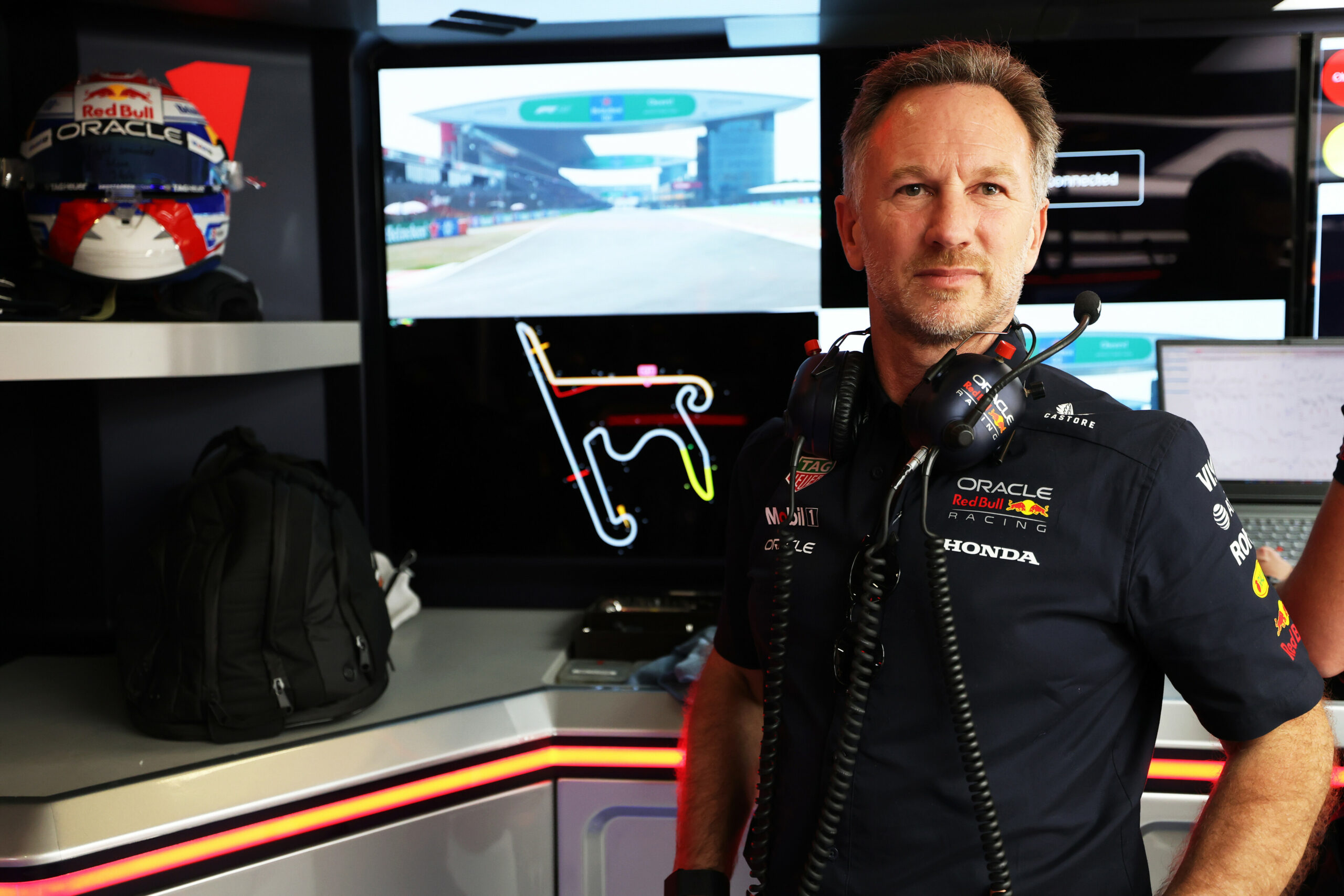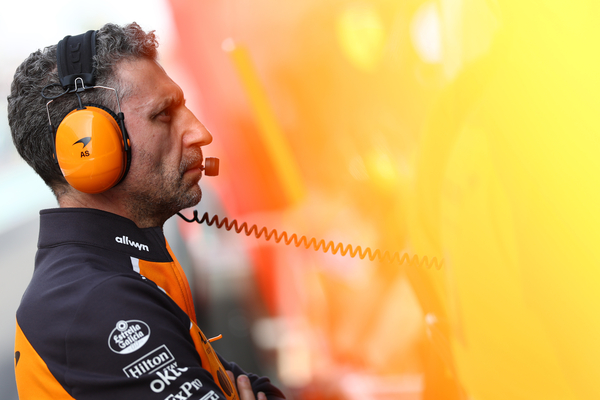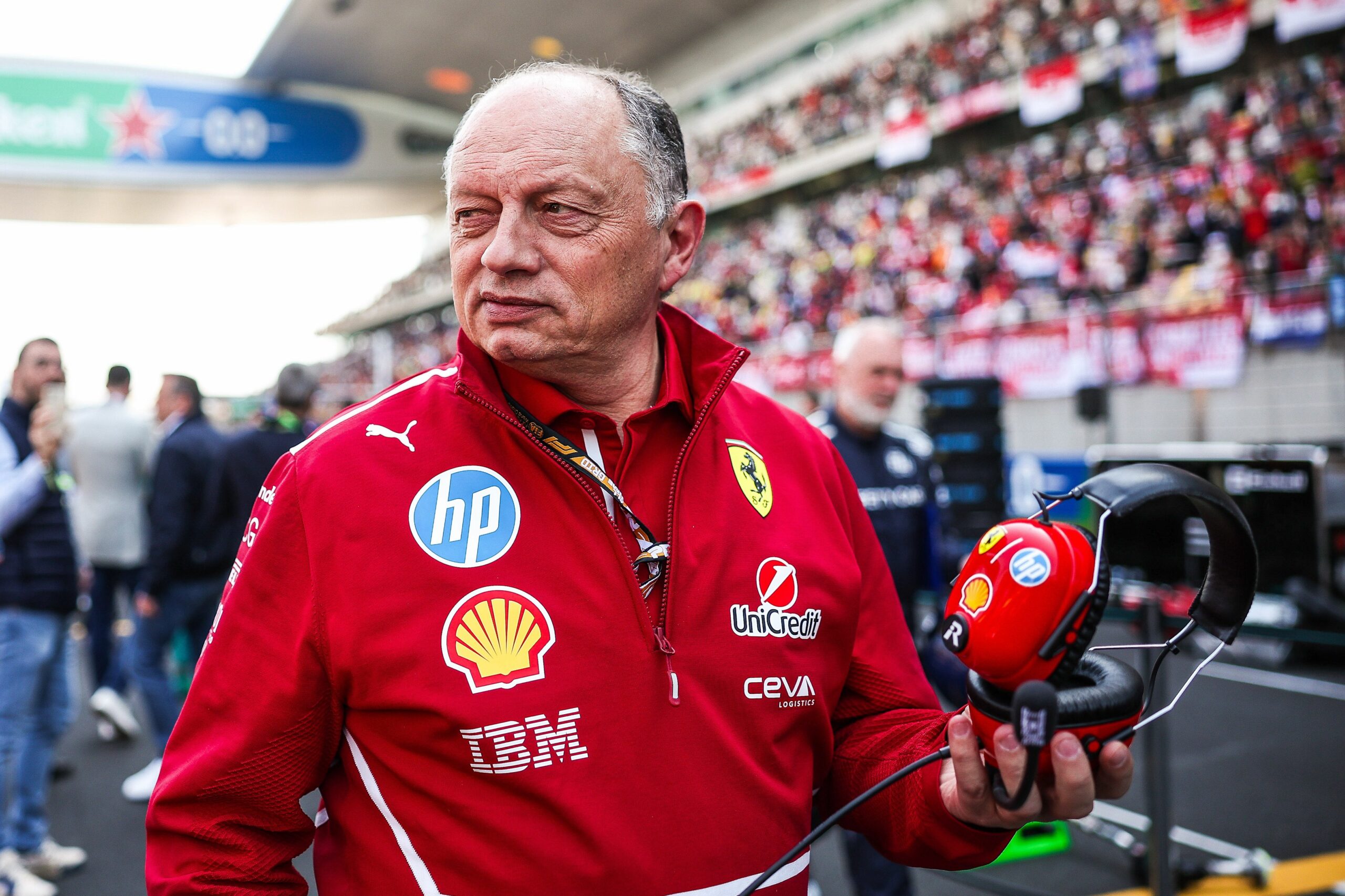Media Day of the Canadian Grand Prix weekend was the first opportunity for the current grid of F1 drivers to react to the 2026 regulations. As has been well documented, 2026 will see lighter, nimbler and slightly smaller cars on track. Most noticeable though will be the removal of the DRS with an energy boosting aid for overtaking instead. There are other noteworthy changes such as an increase in battery power and the addition of active aerodynamics. More than likely, there will still be some finessing still to come. Montreal saw drivers share varying viewpoints about the future of the sport they love.
Everyone is in agreement that modern F1 cars are too big – the Monaco procession made the case for smaller cars being needed more than anything else. We have been told that the 2026 versions will be a bit smaller but nothing groundbreaking. However, they will also be 30kg lighter, with the minimum weight dropping to 768kg.
In Thursday’s media day in Montreal, 7-time F1 Drivers’ World Champion Lewis Hamilton was asked for his reaction to F1 moving in the direction of lighter cars.
“I mean, it’s only 30 kilos, so it’s going in the right direction, but it’s still heavy,” stated Hamilton, although he admitted that he had only just seen the news and so didn’t “really have huge thoughts on it just yet”.
The Mercedes driver then continued by highlighting one of the sustainable elements of the new regulations.
“I think in terms of sustainability, particularly on the power unit side, I think that’s a really bold step and I think it’s going in the right direction. We’ve just got to make sure the cars are efficient, fast, and a natural step forward, and actually racing is improved,” Hamilton said.
The initial response to weight changes was a common theme with the majority of drivers happy to see it but feeling more could still be done. “Thirty kilos is good,” Nico Hülkenberg said, “but it’s not the world.” Whilst Daniel Ricciardo also called it “a step in the right direction” whilst admitting the changes are not going to be “as extreme” as the 2016 ones were.
Although, the oldest racer on the grid, Fernando Alonso, struggled to see how such a reduction in weight could be achieved. The 2-time F1 Drivers’ World Champion said on the matter “I think it is impossible probably to achieve 30 kilos already.” Alonso’s skepticism has its foundations in the fact the new regulations mention a considerable increase in battery power – which in itself will already increase weight. Alonso said this regulation probably seems at the moment to his team as being ‘an impossible target.’
Williams’ Alex Albon also shared concern with the change in weight requirement and simply said “I don’t think that weight comes for free,” as teams determine what to sacrifice in pursuit of this requirement.
Following the FIA presenting a vision of the 2026 F1 cars having much lower drag and downforce levels, it is widely expected that the cars will be much faster on the straights. As such, Director of the Grand Prix Drivers’ Association George Russell has voiced concern that safety needs to be considered more.
“The cars are going to take a quite a big turn in terms of how they perform,” said Russell. “They’re going to be exceptionally quick in the straights, 360km/h probably at most tracks, which is pretty impressive. Obviously then the safety needs to be probably improved, because having a crash at 360, 370km/h is going to be pretty crazy.”
With Jeddah and Baku on the calendar being known for its fast speeds – this is certainly a factor that may need greater consideration to ensure tragedy is averted in future.
“When it comes to safety, unfortunately, history has told us that incidents need to happen before changes are made. Everybody needs to do a really thorough job ahead of these regulations, because the cars are going to be so quick. It’s going to have so little downforce in the straights, it’s almost going to feel like you’re just flying through the air.”
Russell did also highlight that he does feel this aspect of the changes is already being acted on as he concluded his points by remarking: “To be fair to the FIA, they are fully aware of this and they’re on top of this, and they’re looking at all of the possible scenarios of what could happen. Time will tell, but the cars are already bloody fast as they are. Where do we stop, are we going to get up to 400 kilometres an hour? Do the fans really need or want to see this?”
2026 will also introduce a system of manual override. This system aims to provide the chasing car with a temporary power boost, creating overtaking opportunities. Inevitably, Alonso is keen to see this implemented as long as it means that drivers get more freedom than DRS allows as this could result in a wide variety of strategies being in play. Such a mindset was agreed by Valtteri Bottas as he said: “If it’s more total power and a bit more freedom on the energy usage in terms of the race tactics, I think that’s positive.”
As with anything new, it takes time to be applied and work to its fullest. Ricciardo commented on such a possibility: “If it’s maybe not ideal or perfect at the start, there’s enough brains that will solve it, and enough people will catch on, and it’ll find its way to a good home.”
Elsewhere in the Paddock, Yuki Tsunoda pondered as to how smooth the handling of the manual override process would be as he said “I assume it’ll be much difficult or much busier to manage electric [boosting] or all that sort of stuff…a lot more things to learn about.”
The 2024 F1 season is already much more competitive than many expected with three different teams being race winners already. However, Albon voiced concern that the 2026 regulations will lead to an age of a dominant team returning.
“The pace between the cars is extremely tight,” Albon said. “It’s really the tightest it has been in a long, long time. This will definitely spread everyone out again.”
For his part Alonso was more optimistic as he said: “What we want is just close competition. Multiple race winners, opportunities for everyone. We don’t want to have domination of three, four years, where only one team, one driver or two drivers, can win. So, hopefully, the 2026 rules can help on that, which is the only thing that Formula One is missing. The rest is great.”
Unsurprising, due to Sauber underperforming at present, Bottas was very much looking forward: “A new era of regulations is always exciting, brings opportunities to different teams. It’s nice to see a change.” The Finnish driver will be hoping for a change in performance…as long as he is still on the grid at that time to witness it.
Reigning F1 Drivers’ Champion Max Verstappen’s comments on the regulation changes for 2026, seem to show the Dutch racer reserving judgement.
“I’ve seen a lot of simulation,” Verstappen said. “It’s not like it suddenly came out now and now we start developing, it’s something that has been around and fine-tuned of course. And I have to say from the first time I saw it to the latest updates that I’ve seen, I think they made really good progress on how the engine is working with the chassis and the relationship on the straights and stuff.
“Some tracks I think will be better than others, naturally, when you are more energy-limited, but that’s something that we have to deal with.”
In essence, no one can be certain as to how the slightly lighter and smaller cars will perform from a racing perspective. For that reason, Verstappen is ‘in the middle’ with his opinion.
“New rules are new rules, I do think that it’s a bit of a consequence of the engine as well. They say it’s 50:50 between engine and battery, but it’s not really like that, so that’s why we need the active aero on the straight to reduce the drag — to make it more sustainable to do a proper lap, otherwise you run out of battery. Which I think was a problem that they found out.
“Of course, the longer you keep the regulations the same the closer it gets between the teams. So, 2026 will probably be quite a bit of a reset, not only from the car performance side but also the engine side,” said Verstappen.
Amidst all the comments, concern and queries, one could simply look at the words of Alonso who perfectly summed up all the uncertainty and speculation as he said: “As always in Formula One, this impossible in 2024 will become reality in 2026.”
Finally, Carlos Sainz hopes the sport does not abandon the “pure racing” it has seen in recent years.
“From what I see, in my honest opinion, there are basically, there’s been a very radical change on the engine side, a very particular radical change, about 50-50 power supply from electric and the combustion engine.
“I think this has generated a big question mark on how the tracks are going to be and how the speed traces are going to be of the cars, and we’re trying to do everything we possibly can to mitigate a bit that situation.
“Hopefully we’re not exaggerating for the future and hopefully we put together something that makes sense, that is not too far from the pure racing that we’ve seen in Formula 1 over the last few years.
“I’m really hoping that’s the case and we don’t go too far away because of the engine, we go too far away from the racing that we’ve seen lately and in the history of Formula 1.”

